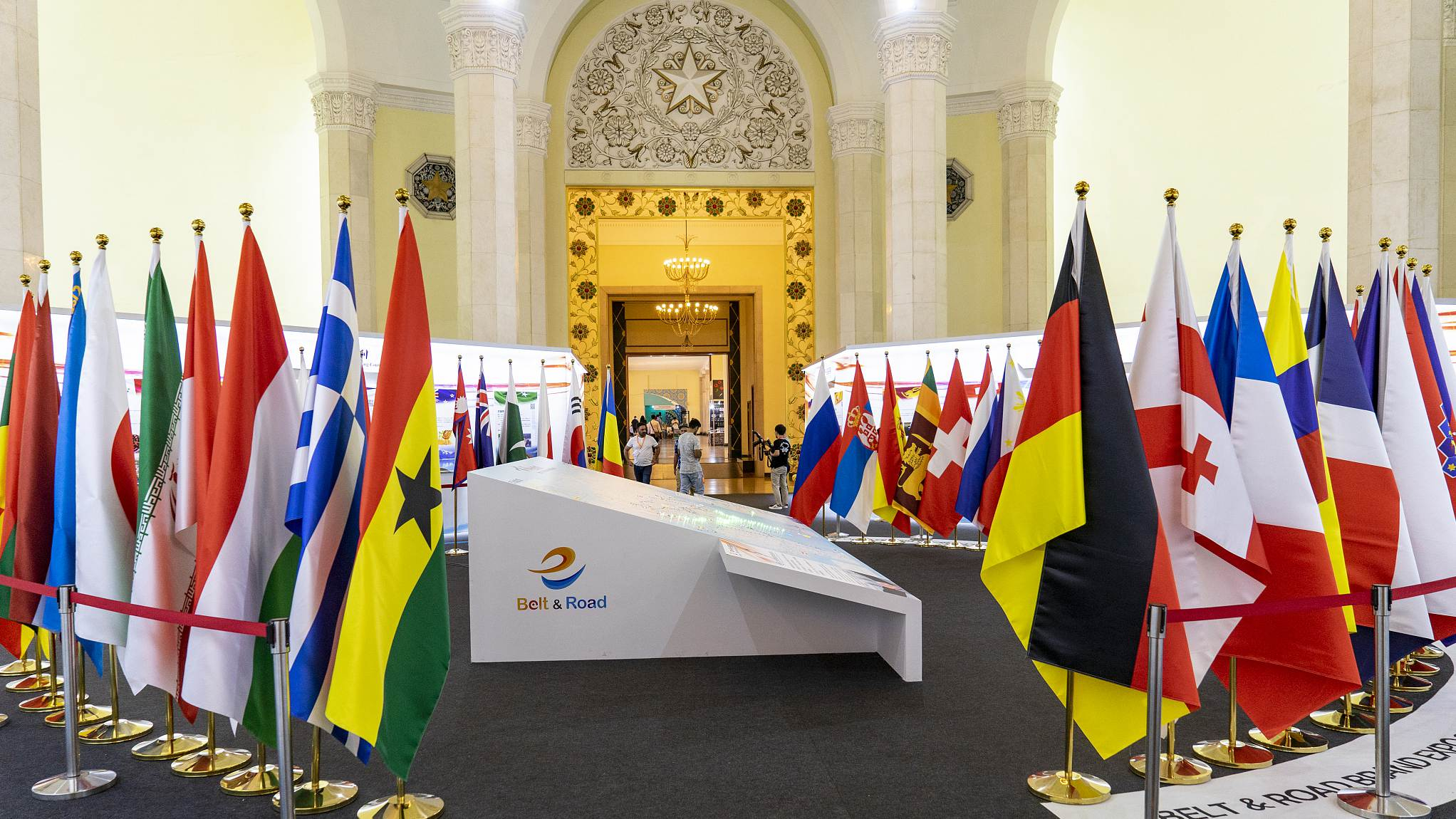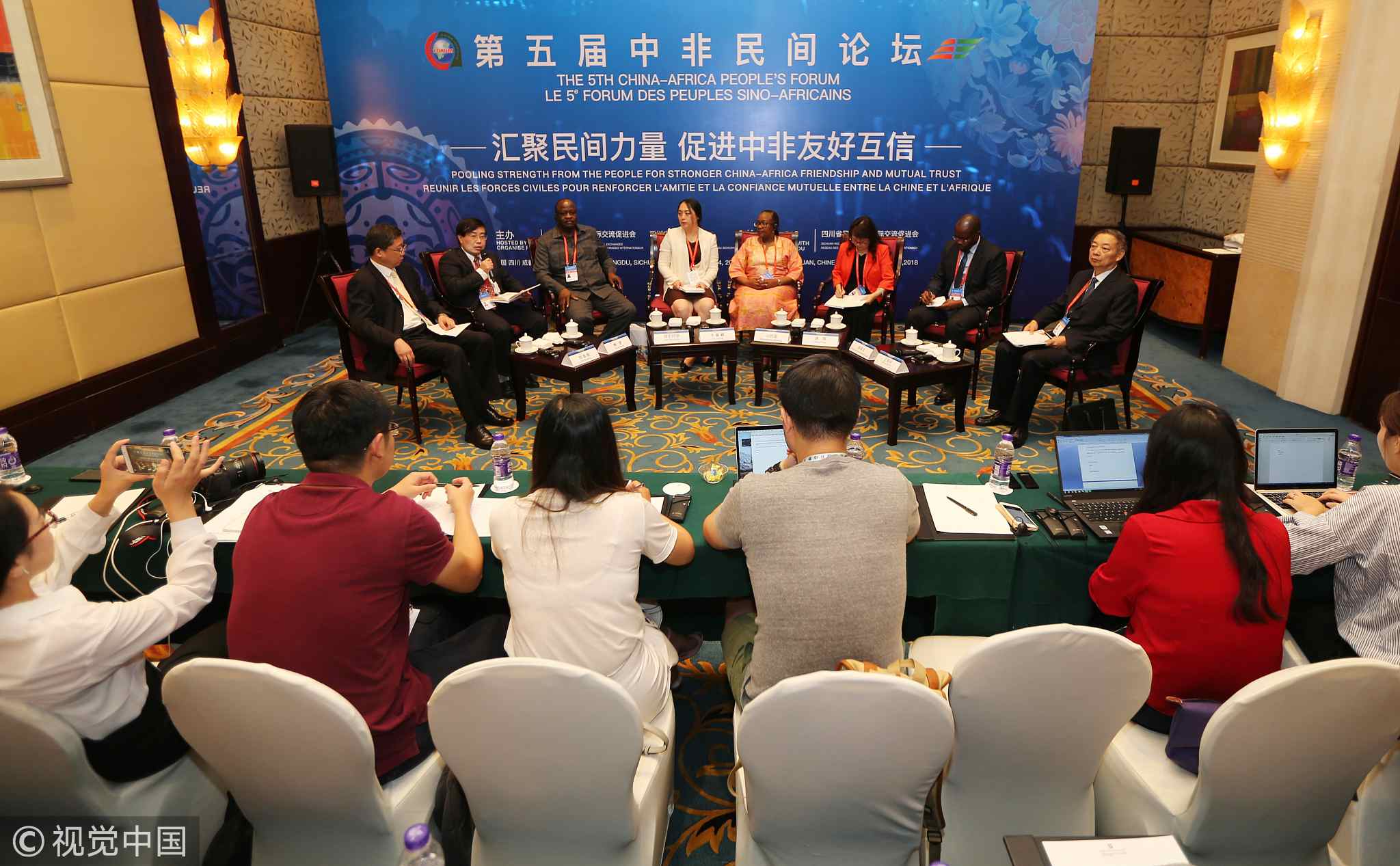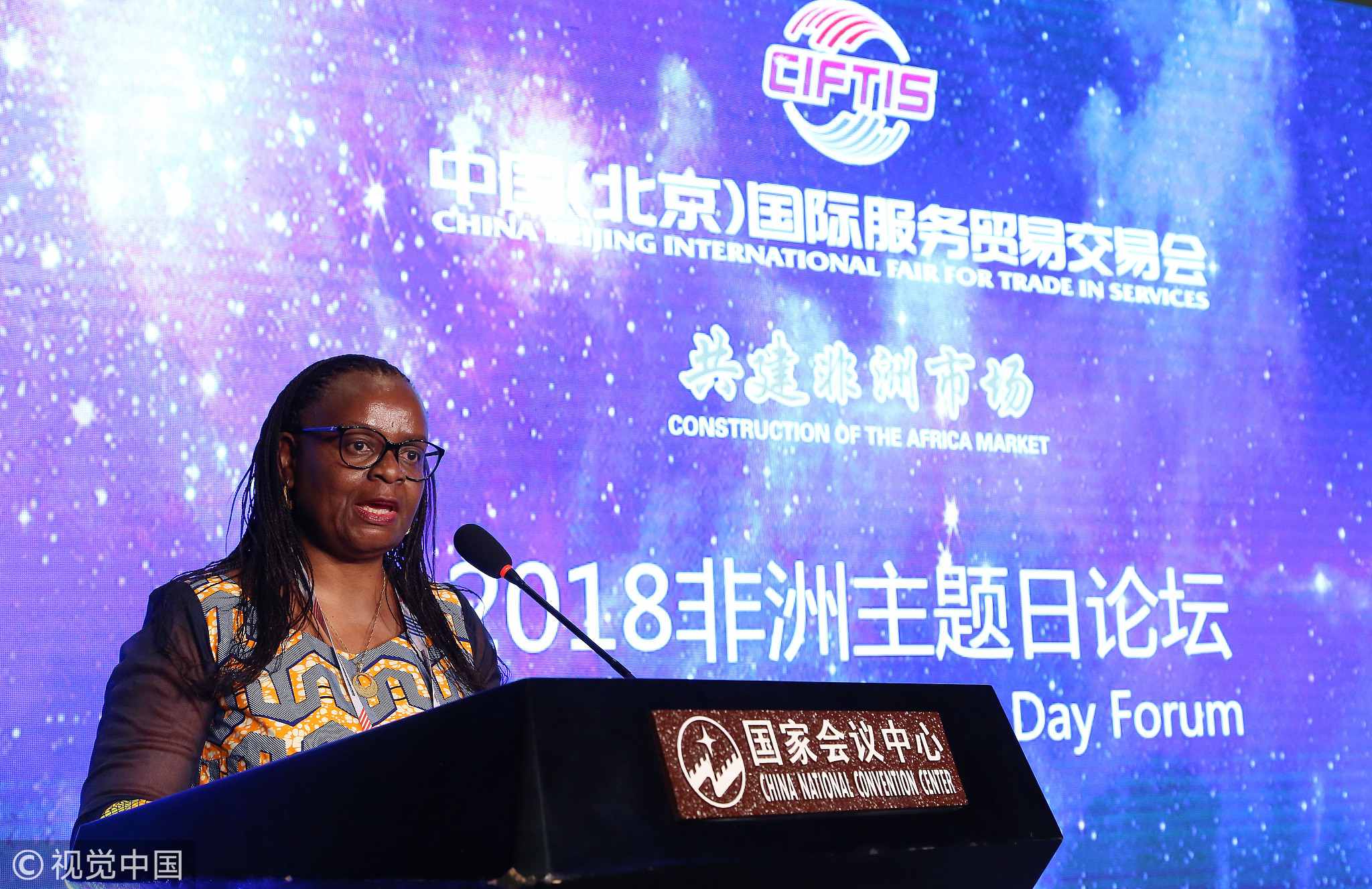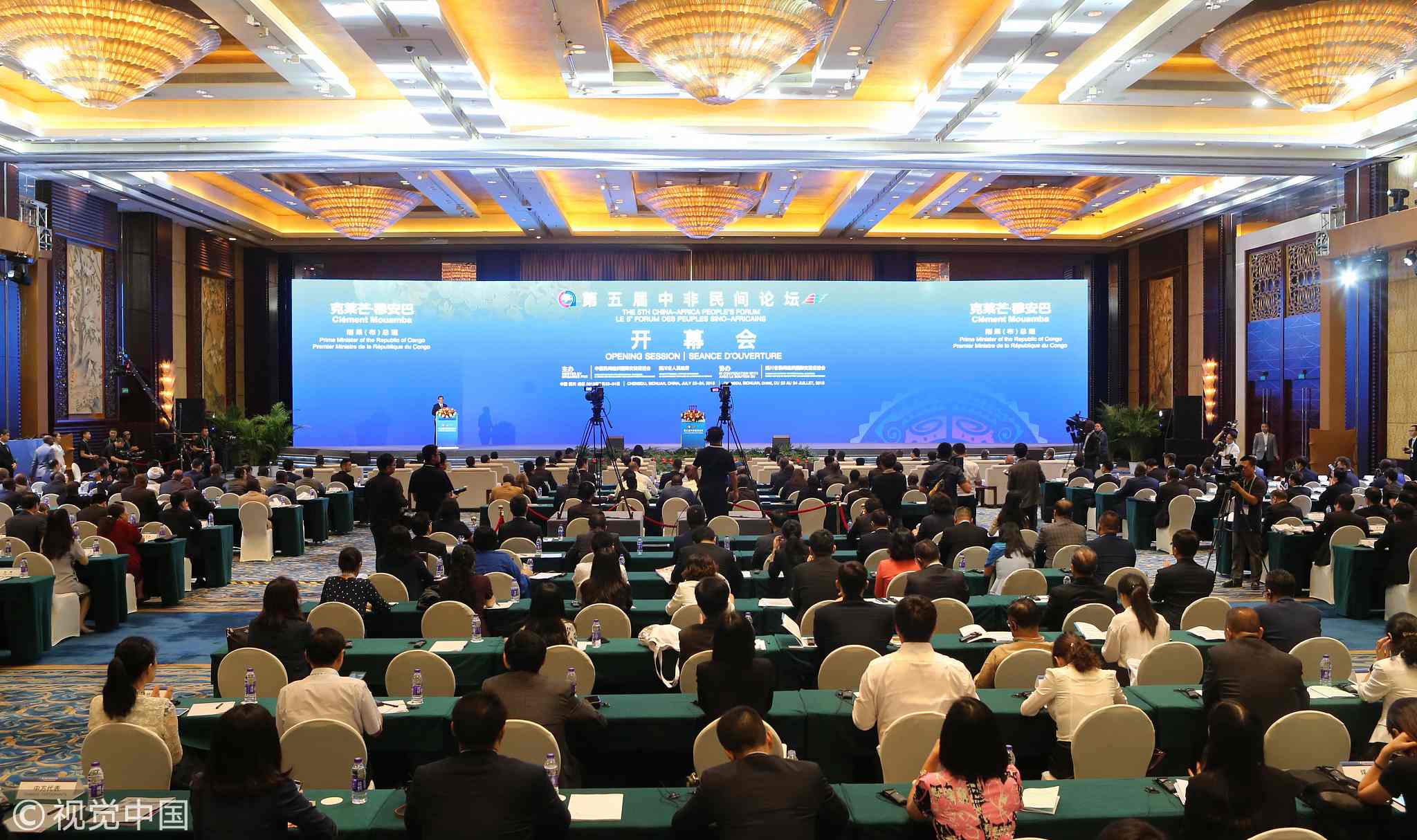
Opinions
13:59, 07-Aug-2018
Opinion:The Belt and Road Initiative boosts Africa’s leapfrog development
Updated
13:36, 10-Aug-2018
He Wenping

Editor's note: He Wenping is a senior research fellow at the Charhar Institute and a research fellow at the Chinese Academy of Social Sciences. The article reflects the author's opinion, and not necessarily the views of CGTN.
In early August, I had the opportunity to visit Djibouti on the west bank of the Gulf of Aden in Northeast Africa for a meeting and a field trip. In this small African country with a population of 1 million people, it was palpable that Djibouti has all the willingness to develop itself and has a strong drive and passion to participate in the Belt and Road Initiative (BRI) and join hands with China in embracing a brighter future.
Wherever you go, you can see an upsurge in infrastructure construction in Djibouti and a huge presence of China.
For example, the largest free trade zone in Africa, jointly managed by Chinese enterprises and local entities, began construction in early July; the already completed Addis Ababa-Djibouti Railway; the port built by China Merchants Group; and the thousands of economic housing projects built with the investments of Chinese enterprises.

The 5th China-Africa People's Forum was held in Chengdu on July 24, 2018. /VCG Photo.
The 5th China-Africa People's Forum was held in Chengdu on July 24, 2018. /VCG Photo.
No wonder Djibouti President Ismail Omar Guelleh noted during his visit to China in November last year that “the Westerners have been around for more than 100 years but our country is still so poor, and the Chinese came to our country only three years ago but we have already seen great changes and hope.”
The hope for development comes from the new impetus provided by the BRI. Since the Chinese government proposed the BRI in 2013, the African continent, with its abundant resources, huge market potential and strong infrastructure construction demand, has been actively involved in BRI-related projects.
And in the process of participation, the continent identified and seized an important opportunity for historical development, in order to achieve leapfrog development and transformation from a pre-industrial to a fully industrialized society.
In recent years, the “two wings” of China-Africa production capacity cooperation – infrastructure construction and industrial park construction – have been booming on the African continent.
China has helped to build a number of railways, including the Mombasa-Nairobi Railway linking the Kenyan port city of Mombasa to the capital Nairobi, the Addis Ababa-Djibouti Railway linking Ethiopia’s capital Addis Ababa to Djibouti as well as railways in Angola and Nigeria.
As the Kenyan President Kenyatta said at the opening of the Mombasa-Nairobi Railway on May 31, 2017, “the Mombasa-Nairobi Railway lays the foundation for a new chapter in Kenya’s industrialization.”

On May 30, 2018, the executive deputy director of the International Trade Center spoke at the 2018 Beijing International Trade Fair. /VCG Photo.
On May 30, 2018, the executive deputy director of the International Trade Center spoke at the 2018 Beijing International Trade Fair. /VCG Photo.
Over the past year, the Mombasa-Nairobi Railway has been running very well, transporting 1.3 million passengers, handling more than 60,000 containers and creating nearly 50,000 jobs cumulatively in Kenya.
And more than 5,000 specialized technical workers and operation managers have been trained and over 100 Kenyan students have enrolled in undergraduate courses in the railway in China.
The Mombasa-Nairobi Railway has also greatly facilitated the mobility of people between Mombasa and Nairobi, and the freight transport time has been shortened from more than 10 hours to more than 4 hours, thus reducing the logistics costs by over 40 percent.
Rail construction has also driven up Kenya’s GDP growth by 1.5 percent or even 2 percent and led to the emergence of commercial activities along the railway and the development of the entire industrial chain, including ports.
The construction of infrastructure connectivity is to lay the foundation for and safeguard China-Africa industrialization cooperation.
At the end of 2015, President Xi Jinping put forward the “10 major China-Africa cooperation plans” worth a total of 60 billion US dollars at the Johannesburg Summit of the Forum on China-Africa Cooperation. The top priority was given to China-Africa industrialization cooperation.
For this purpose, the China-Africa Production Capacity Cooperation Fund, with an initial pledge of 10 billion US dollars, has been set up. The BRICS Summit in South Africa also called for “Collaboration for Inclusive Growth and Shared Prosperity in the 4th Industrial Revolution (BRICS and Africa).”
Since the Beijing Summit of the Forum on China-Africa Cooperation in 2006, China has established six overseas economic and trade cooperation zones in five African countries. There are nearly 100 Sino-African industrial parks under construction or already up and running.

The 5th China-Africa People's Forum was held in Chengdu on July 24, 2018. /VCG Photo.
The 5th China-Africa People's Forum was held in Chengdu on July 24, 2018. /VCG Photo.
By the end of 2017, the stock of Chinese investment in Africa had exceeded 100 billion US dollars and more than 3,500 Chinese enterprises had invested and operated on the continent.
The Chinese enterprises that have been doing business have essentially started a new undertaking, opening up a new space for the development of Africa and the transformation of the Chinese enterprises themselves.
For example, the Dongguan Huajian Group, the first Chinese shoemaking giant to do business in Ethiopia, invested in the construction of the Huajian (Ethiopia) Shoe Factory in 2011 and has since become a leading and exemplary enterprise in China-Africa production capacity cooperation.
By the end of 2017, Huajian had become China’s largest private enterprise in Ethiopia, earning more than 122 million US dollars from exports and creating more than 7,500 jobs for local people.
The Huajian (Ethiopia) Shoe Factory, which produces more than 5 million pairs of women’s shoes annually, is the largest enterprise for shoe exports in Ethiopia, accounting for more than 65 percent of the export of Ethiopian shoes, thus realizing the common development of the Chinese enterprises and the countries in which they invest and operate.
Booming infrastructure construction and industrial park construction are boosting Africa’s economic development and transforming Africa’s rich resources and energy into sustainable development and tangible benefits for the people.
We have reason to believe that the upcoming Beijing Summit of the Forum on China-Africa Cooperation this September will be an important opportunity for the BRI and Africa to join hands.
Just as Djibouti has the determination and aspiration to transform itself from a barren place into a global trade and logistics hub through the construction of a free trade zone, African countries will benefit from the BRI and achieve leapfrog development.

SITEMAP
Copyright © 2018 CGTN. Beijing ICP prepared NO.16065310-3
Copyright © 2018 CGTN. Beijing ICP prepared NO.16065310-3